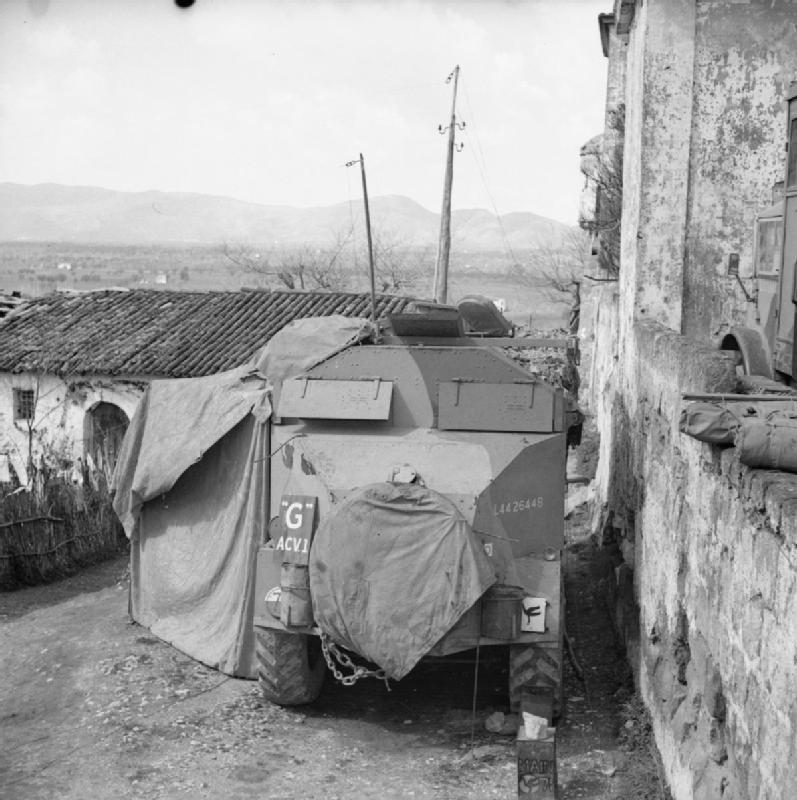AEC Armoured Command Vehicle on:
[Wikipedia]
[Google]
[Amazon]
AEC armoured command vehicles (ACVs) were a series of command vehicles built by the
 During the
During the 
Aec.middx.net
* ttp://www.o5m6.de/wehrmacht/max.php Max Rommels AEC "Dorchester" 4x4, Armoured Command Vehicle in African theatre {{Use dmy dates, date=June 2017 Armoured cars of the United Kingdom World War II armoured cars Command vehicles AEC vehicles World War II armoured fighting vehicles of the United Kingdom Military vehicles introduced from 1940 to 1944
British
British may refer to:
Peoples, culture, and language
* British people, nationals or natives of the United Kingdom, British Overseas Territories and Crown Dependencies.
* British national identity, the characteristics of British people and culture ...
Associated Equipment Company
Associated Equipment Company (AEC) was a British vehicle manufacturer that built buses, motorcoaches and trucks from 1912 until 1979. The name Associated Equipment Company was hardly ever used; instead, it traded under the AEC and ACLO brands. ...
(AEC) during the Second World War
World War II or the Second World War (1 September 1939 – 2 September 1945) was a World war, global conflict between two coalitions: the Allies of World War II, Allies and the Axis powers. World War II by country, Nearly all of the wo ...
.
History
 During the
During the Second World War
World War II or the Second World War (1 September 1939 – 2 September 1945) was a World war, global conflict between two coalitions: the Allies of World War II, Allies and the Axis powers. World War II by country, Nearly all of the wo ...
, the United Kingdom was the only country to develop and widely employ purpose-built armoured command vehicles. Those were essentially armoured buses based on truck chassis.
The most common ACV of the British Army
The British Army is the principal Army, land warfare force of the United Kingdom. the British Army comprises 73,847 regular full-time personnel, 4,127 Brigade of Gurkhas, Gurkhas, 25,742 Army Reserve (United Kingdom), volunteer reserve perso ...
was the ''AEC 4x4 ACV''. The vehicle, based on AEC Matador
The AEC Matador was a heavy 4×4 truck and medium artillery tractor built by the Associated Equipment Company for British and Commonwealth forces during World War II. AEC had already built a 4×2 lorry, also known as the Matador (all AEC lorries ...
chassis, entered production in 1941. A total of about 415 units were built. The vehicle was used for the first time in the North African Campaign
The North African campaign of World War II took place in North Africa from 10 June 1940 to 13 May 1943, fought between the Allies and the Axis Powers. It included campaigns in the Libyan and Egyptian deserts (Western Desert campaign, Desert Wa ...
and remained in service until the end of the war. Big and comfortable, it was nicknamed "Dorchester" by the troops, after the luxury hotel in London.
Three ACVs of this type were captured by the German
German(s) may refer to:
* Germany, the country of the Germans and German things
**Germania (Roman era)
* Germans, citizens of Germany, people of German ancestry, or native speakers of the German language
** For citizenship in Germany, see also Ge ...
Afrika Korps
The German Africa Corps (, ; DAK), commonly known as Afrika Korps, was the German expeditionary force in Africa during the North African campaign of World War II. First sent as a holding force to shore up the Italian defense of its Africa ...
. Two of them, named "Max" and "Moritz", were employed by Rommel
Johannes Erwin Eugen Rommel (; 15 November 1891 – 14 October 1944), popularly known as The Desert Fox (, ), was a German ''Generalfeldmarschall'' (field marshal) during World War II. He served in the ''Wehrmacht'' (armed forces) of N ...
and his staff throughout the campaign.
In 1944 a larger ''AEC 6x6 ACV'' was developed. The vehicle was based on the AEC 0857 lorry chassis and was powered by the AEC 198 150 hp engine. The hull was welded from 9 mm thick rolled steel. The weight of the vehicle reached 17 tons. One hundred and fifty one units were built.
Both vehicles were built in two configurations, called ''LP'' (low power) and ''HP'' (high power), with different radio equipment.
Some ACVs were conversions of armoured demolition vehicles that used the same bodywork.

Variants
;High power :One No. 19 wireless set, one R 107 high-frequency reception set. The No. 19 set had a maximum output of 30 watts and maximum range of 45 miles (72 km). ;Low-power body :Two No. 19 wireless sets. No. 19 set with a maximum output of 30 watts and maximum range of 45 miles (72 km) for communications with higher commands.See also
* Guy LizardNotes
References
*Forty, George – ''World War Two Armoured Fighting Vehicles and Self-Propelled Artillery'', Osprey Publishing 1996, . * *External links
Aec.middx.net
* ttp://www.o5m6.de/wehrmacht/max.php Max Rommels AEC "Dorchester" 4x4, Armoured Command Vehicle in African theatre {{Use dmy dates, date=June 2017 Armoured cars of the United Kingdom World War II armoured cars Command vehicles AEC vehicles World War II armoured fighting vehicles of the United Kingdom Military vehicles introduced from 1940 to 1944